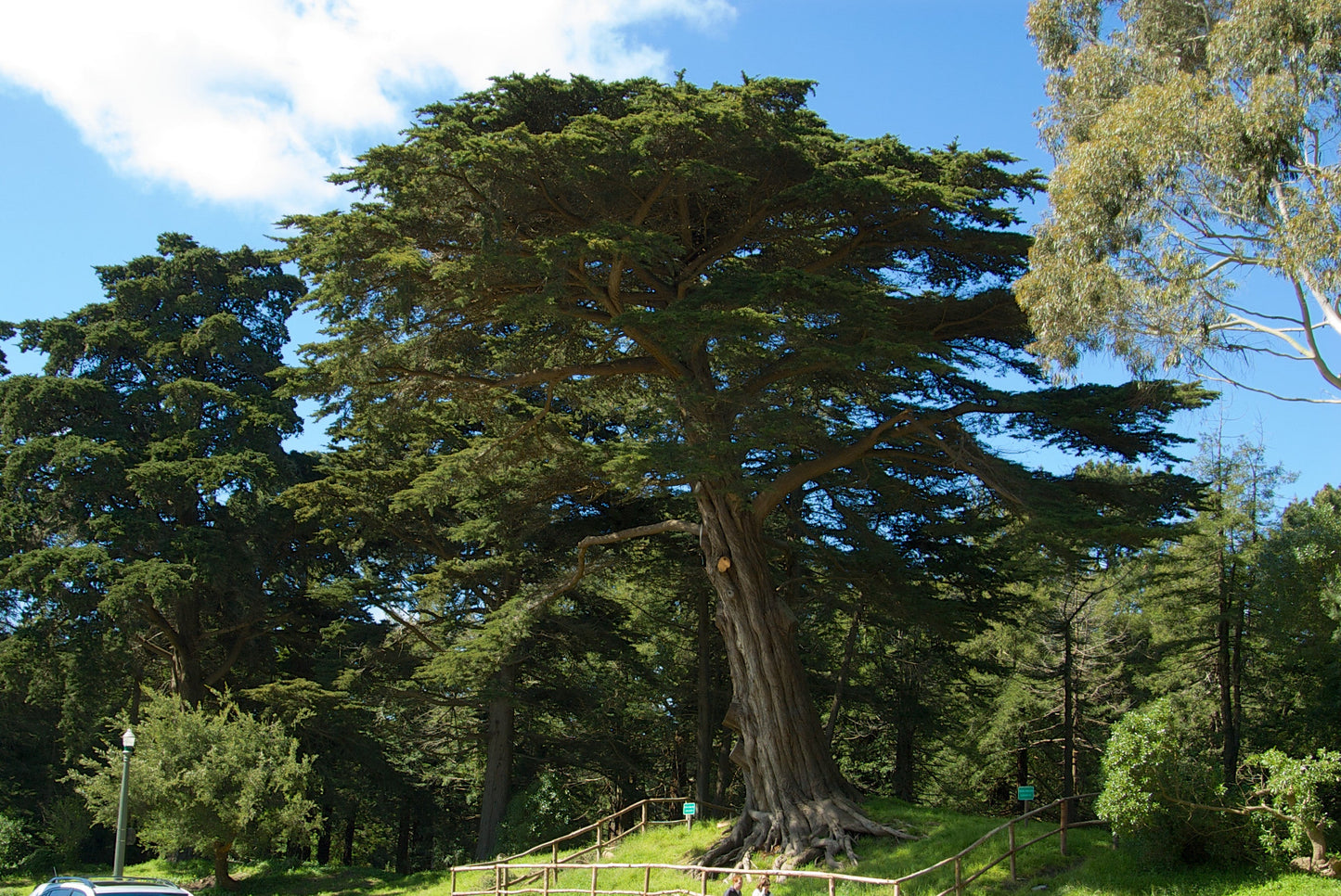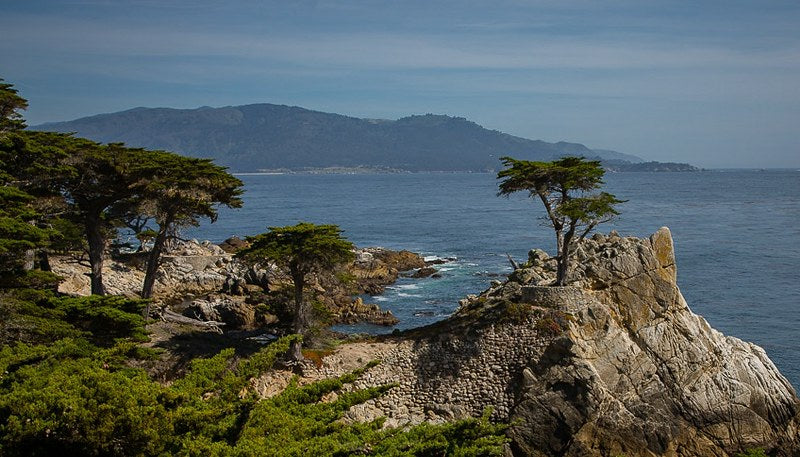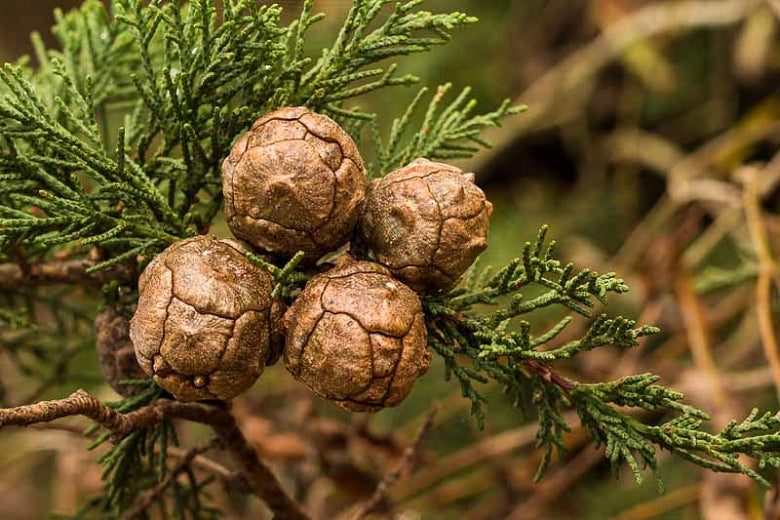Floridaseeds
Monterey Cypress Cupressus macrocarpa 100 Seeds USA Company
Monterey Cypress Cupressus macrocarpa 100 Seeds USA Company
Couldn't load pickup availability
Cupressus macrocarpa, commonly known as Monterey cypress, is a species of coniferous tree native to the Central Coast of California in the United States. Here's a description:
Appearance: Monterey cypress is an evergreen tree that typically grows to a height of 20 to 40 meters (about 66 to 131 feet), though some specimens can reach even greater heights. The tree has a distinctive conical or columnar shape with dense, dark green foliage.
Foliage: The foliage consists of scale-like leaves that are closely packed on the branches, giving the tree a feathery appearance. The leaves have a pleasant aromatic scent when crushed.
Cones: The tree produces small, round cones that are about 1 to 2 centimeters (0.4 to 0.8 inches) in diameter. These cones start out green and turn brown as they mature. Each cone contains numerous tiny seeds.
Bark: The bark of Monterey cypress is reddish-brown and fibrous, often peeling off in thin strips.
Habitat: Monterey cypress is well adapted to coastal environments, thriving in the mild, maritime climate of California's coast. It is often found growing along the rugged coastline, where it can withstand strong winds and salt spray.
Ecological Importance: In its natural habitat, Monterey cypress provides important habitat for various wildlife species, including birds and small mammals. It also helps stabilize coastal sand dunes and prevents erosion.
Cultural Significance: Monterey cypress is not only valued for its beauty and resilience but also for its cultural significance. It has been widely planted in parks, gardens, and landscapes around the world for its ornamental qualities. Hardy in zones 5-11.
Growing Instructions for the Monterey Cypress
The seeds have a period of dormancy. They can be planted outdoors in the fall or winter for spring germination or they can be cold stratified to simulate winter conditions and to break their dormancy at any time of the year. 1. Soak the seeds in water for 24 hours. 2. Put the seeds in a ziplock bag. 3. Put the bag in the refrigerator and leave it there for 30 days. 4. Put some soil in a pot. 5. Sow the seeds on the surface of the soil. 6. Water the soil so that it is moist but not wet. 7. When the seedlings are a few inches tall, they can be transplanted.
Materials
Materials
Shipping & Returns
Shipping & Returns
Dimensions
Dimensions
Care Instructions
Care Instructions
Share










